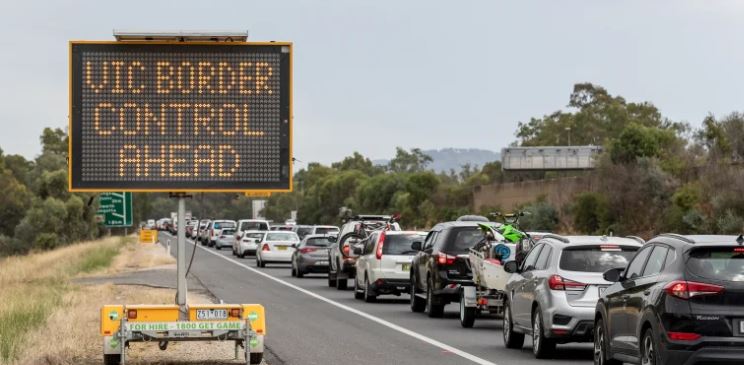
The closure of state borders within Australia will continue for at least six months to control COVID-19, after which vaccines are distributed across the country to provide sufficient herd immunity and weaken public health response measures. In spite of the continuing frustration and uncertainty it has brought to businesses and travelers, the federal government has almost given up on reaching a consensus with the states on how to best manage internal borders. Anne Twomey, a constitutional expert at the University of Sydney, said that although the federal government can legislate to control all quarantine measures, including state boundaries, the COVID-19 crisis has exposed the actual limitations of federal power. Prime Minister Scott Morrison said that he will abandon the lobbying activities that were unsuccessful last year, that is, persuading states to adopt the federal definition of COVID-19 epidemic area, so as to make the policy more consistent to deal with the epidemic in other jurisdictions. Morrison supports states to maintain consistency, but he has repeatedly admitted that states have the right to make public health decisions on their own, and the Federal Minister of Health Hunt responded to this. Hunt said, “We want everyone to use it freely, but if others choose a different approach, we will show respect.” Currently, each state and territory has made its own response to the epidemic in other jurisdictions. This week, Victoria announced a three-level “traffic light” travel permit system. Currently, the system closes state borders to those who have been to Brisbane and Sydney. Western Australia has a strict border with the entire east coast and has its own standards to define what is a very low, low and medium risk area.

